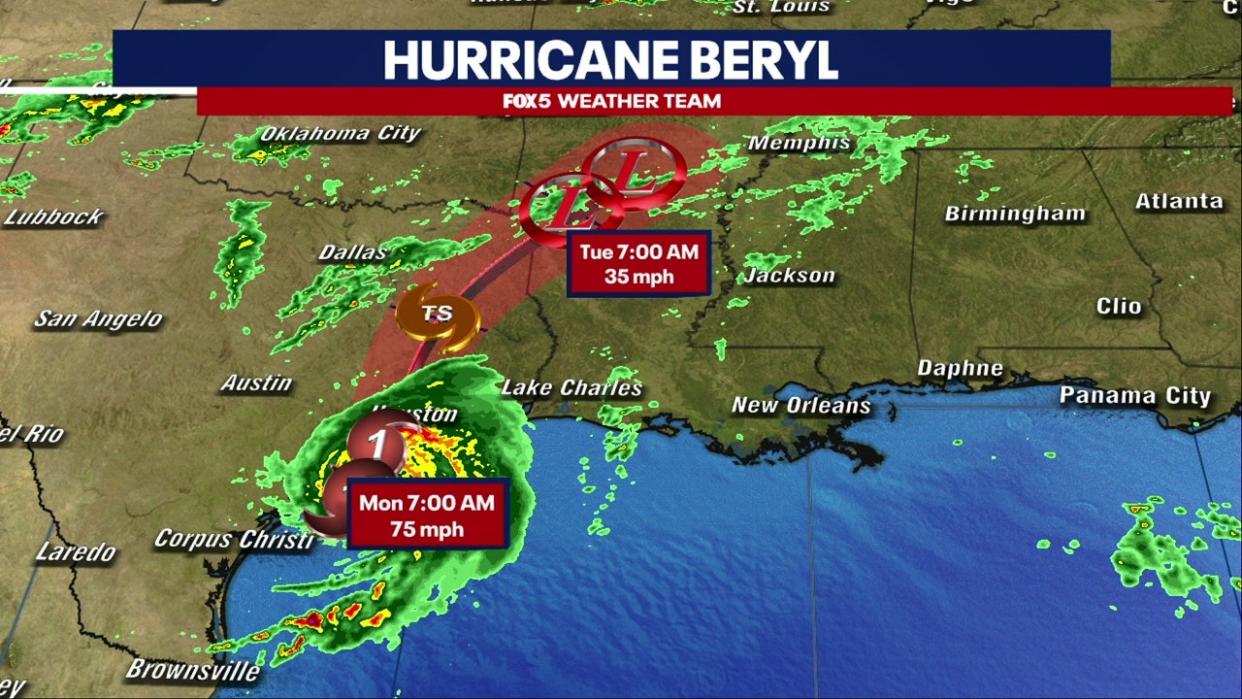Beryl Path Tracker Implementation
The Beryl Path Tracker is a versatile tool designed to guide individuals and organizations towards achieving their desired outcomes. Its implementation process involves several crucial steps, each of which plays a vital role in ensuring successful adoption and utilization.
Requirements and Prerequisites
Before embarking on the implementation journey, it is essential to ensure that certain requirements and prerequisites are met. These include:
- Clear understanding of the organization’s goals and objectives
- Commitment from leadership and stakeholders
- Adequate resources, including time, budget, and personnel
- Access to relevant data and information
- Established performance metrics and monitoring mechanisms
Step-by-Step Implementation Guide
With the necessary requirements in place, the implementation process can be divided into the following steps:
- Define Objectives: Clearly articulate the specific outcomes the Beryl Path Tracker is intended to achieve.
- Gather Data: Collect and organize relevant data from various sources to provide a comprehensive foundation for analysis.
- Establish Metrics: Determine the key performance indicators that will measure the progress and effectiveness of the Beryl Path Tracker.
- Configure the Tracker: Customize the Beryl Path Tracker based on the defined objectives, data sources, and performance metrics.
- Train and Educate: Provide comprehensive training to users on the functionality, benefits, and best practices of the Beryl Path Tracker.
- Monitor and Evaluate: Regularly track progress, analyze data, and make adjustments to optimize the effectiveness of the Beryl Path Tracker.
Best Practices and Recommendations, Beryl path tracker
To maximize the benefits of the Beryl Path Tracker, consider the following best practices and recommendations:
- Involve Stakeholders: Engage stakeholders throughout the implementation process to ensure buy-in and support.
- Use Data Effectively: Leverage data to drive informed decision-making and identify areas for improvement.
- Foster Collaboration: Encourage collaboration among teams and departments to share insights and best practices.
- Stay Agile: Regularly review and adjust the Beryl Path Tracker to adapt to changing circumstances and evolving goals.
- Continuous Improvement: Seek opportunities to enhance the effectiveness of the Beryl Path Tracker through ongoing evaluation and refinement.
By adhering to these guidelines, organizations can successfully implement the Beryl Path Tracker and harness its transformative power to drive positive outcomes.
The beryl path tracker is a handy tool for monitoring the movement of hurricanes. Whether you’re tracking Hurricane Beryl or another storm, the hurricane beryl path tracker provides real-time updates on its location, intensity, and projected path. This information is crucial for staying informed and making informed decisions during hurricane season.
The beryl path tracker is an invaluable resource for anyone living in or traveling to hurricane-prone areas.
The beryl path tracker, an invaluable tool for predicting storm paths, seamlessly integrates with storm tracker , enhancing its capabilities. By incorporating real-time data and sophisticated algorithms, the beryl path tracker provides even more accurate and timely forecasts, empowering us to stay ahead of the storm’s fury.
